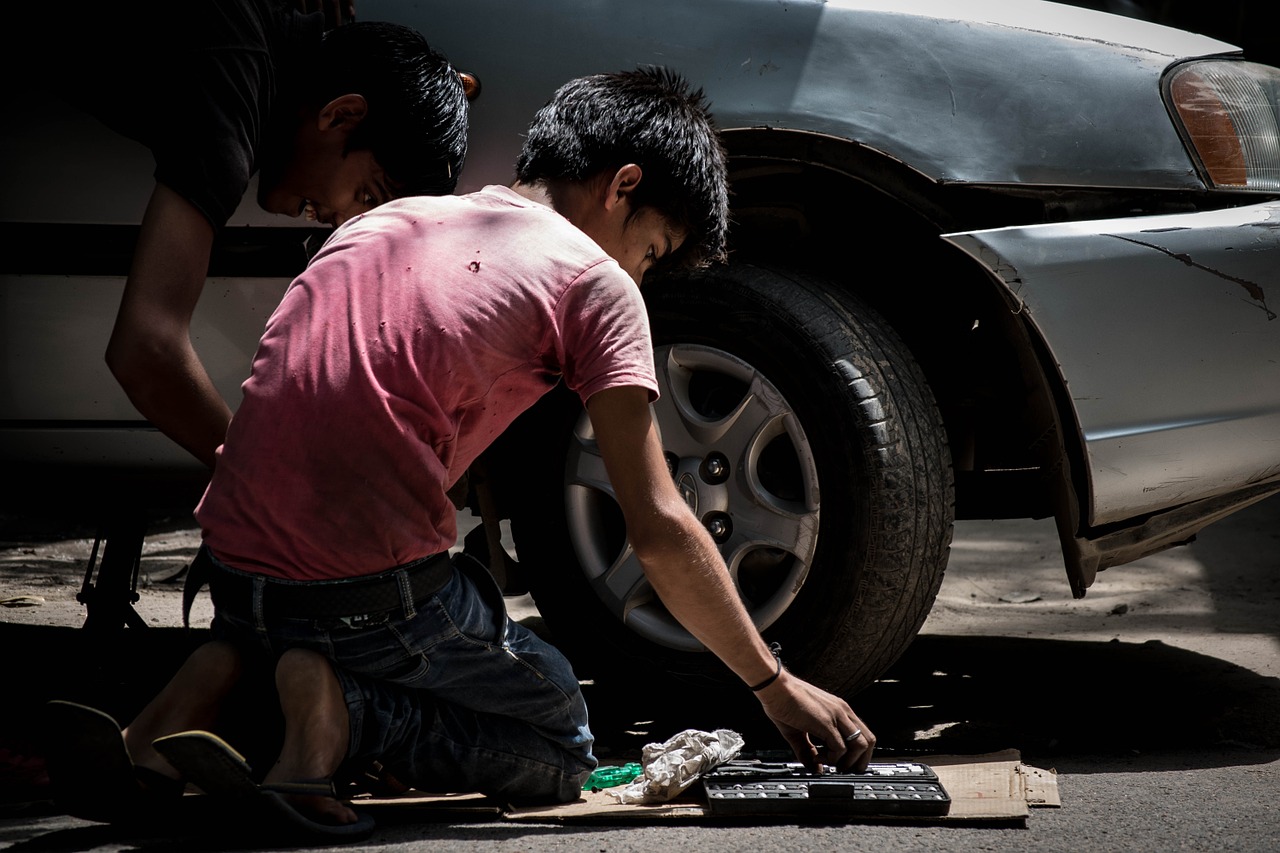Child Labour and School Retention Inversely Proportional
Related Articles
बांग्लादेश में हिंदू व्यवसायी की दिनदहाड़े हत्या, बढ़े तनाव के बीच अल्पसंख्यक सुरक्षा पर सवाल !
बांग्लादेश में अल्पसंख्यक हिंदू व्यवसायी की दिनदहाड़े हत्या, जशोर में फैली सनसनी! कोपलिया बाज़ार में अज्ञात बदमाशों ने राणा प्रताप को मारी गोली, अल्पसंख्यक...
Income Tax Act, 2025: आसान भाषा, सरल नियम और नया टैक्स सिस्टम !
1 अप्रैल 2026 से लागू होगा नया इनकम टैक्स कानून, 60 साल पुराने एक्ट को कहा जाएगा अलविदा! सरल स्पष्ट और डिजिटल भुगतान व्यवस्था...
Trinamool Congress to approach Supreme Court over SIR, “I will plead if necessary,” says Mamata Banerjee
The lack of preparation in implementing the SIR (Special Intensive Revision of Electoral Rolls) process is causing numerous problems and unnecessarily harassing ordinary citizens....


